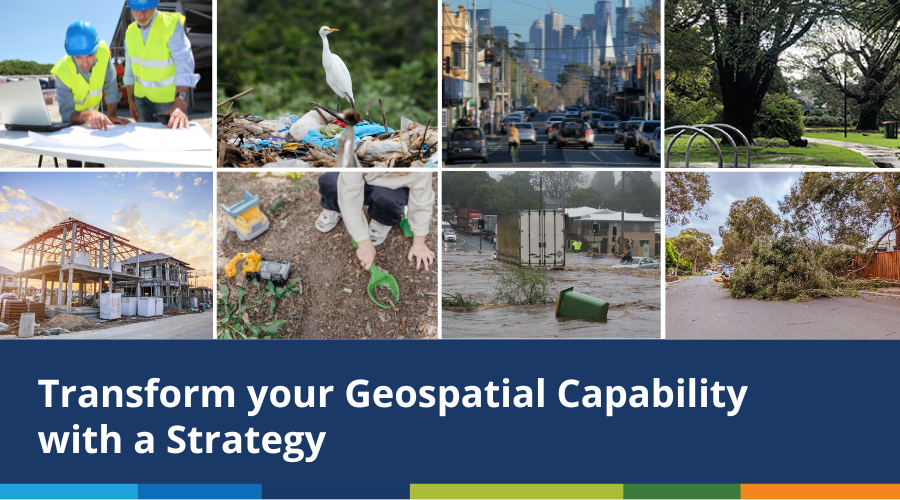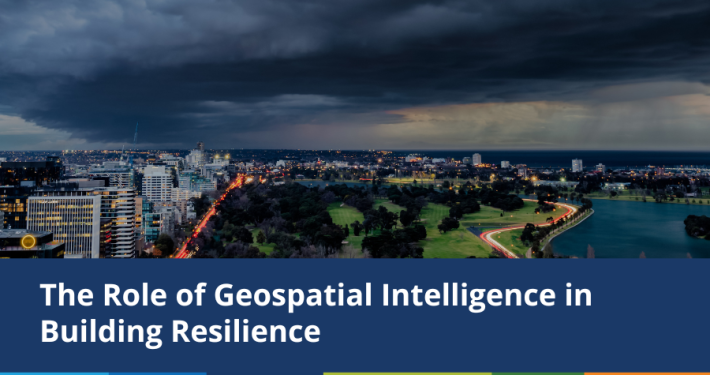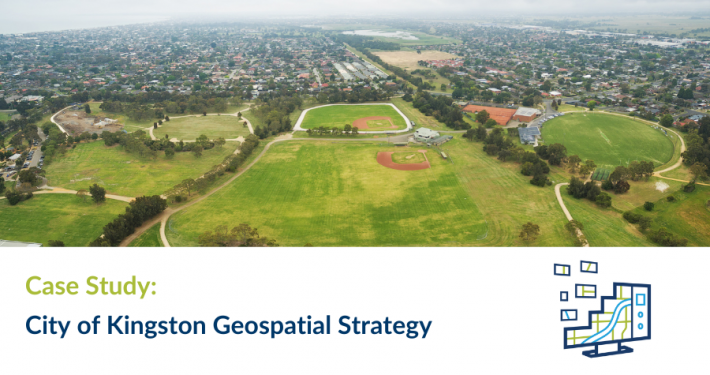Whether you find yourself constantly immersed in day-to-day challenges or facing major organisational shifts, a well-crafted geospatial strategy can assist your organisation to navigate the challenges of today and be prepared for the future.
The place and time for a Geospatial Strategy
Every day, business-as-usual challenges for a high performing geospatial team will keep the best GIS administrators and managers fully occupied. Challenges include prioritising everyday demands for data, maps and reports balanced with keeping up to date with rapidly changing technology, undertaking critical data management and providing technical problem solving and support.
These tasks are essential to maintain business-as-usual operations, but they alone cannot prepare your team for the strategic challenges ahead. These challenges may be posed by :
- Organizational Change: Mergers, corporate restructuring, and major shifts that demand a realignment of geospatial capabilities.
- Major Projects: Rapid or expanded geospatial requirements to support critical projects.
- Technological Transformations: The adoption of new technologies, like a ‘cloud-first’ policy or changes in vendor products and support.
- Team Dynamics: Adjusting to new leadership or significant team restructuring and new personnel.
- Urgent Needs: Responding to incidents or near misses that require immediate information, field mobility, or impact analysis
Change can be an opportunity to refocus and reset your priorities and technical imperatives.
The Power of a Geospatial Strategy
A geospatial strategy provides guidance as you shift focus from day-to-day tasks to a longer-term outlook, setting a direction within your control that responds to business requirements and technology changes. It is an opportunity to raise the profile of geospatial within an organisation and help drive efficiency and productivity gains on multiple levels.
- Strategic Alignment : Define the direction needed to meet business requirements and technological change that aligns with the organisational goals.
- Raise the Profile of Geospatial: Elevate the importance of geospatial intelligence within your organisation.
- Drive Collaboration and Efficiency: Identify opportunities for collaboration, efficiency and productivity gains on multiple levels.
In developing a strategy and roadmap you will gain an understanding of the current state, what is working, where are the pain points and what you may be missing. Most importantly, the consultation phase will seek to clarify business requirements by engaging broadly across the organisation and at all levels to develop an inclusive set of requirements. This analysis often reveals common issues across business units and promoting collaboration and shared problem solving.
A Good to Great Geospatial Strategy
A good geospatial strategy will align to business goals, connect to business values and build upon the strategic context and existing capability of an organisation. The strategy will consider the operational and technical settings including digital transformation initiatives as well as sector opportunities such as smart cities and digital twins.
A great strategy does not simply deliver a roadmap document, it provides tailored resources to engage with the Executive, to help promote the strategy and emphasise the importance of geospatial and potential for business impact. A well-crafted Geospatial Strategy is an initiative to propel organisations forward, to embrace change and implement key strategic actions.
Spatial Vision works with many organisations including local and state government departments and agencies, water authorities and others to develop strategies and future-ready geospatial capabilities. Review our case studies to learn more.






